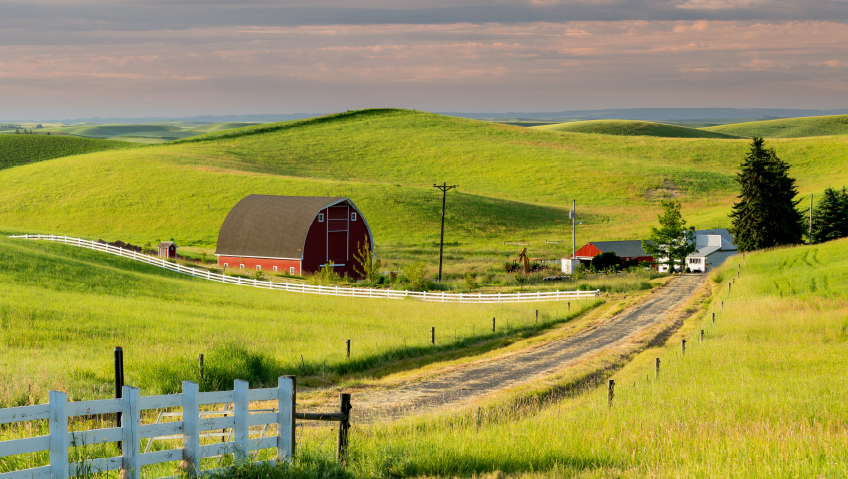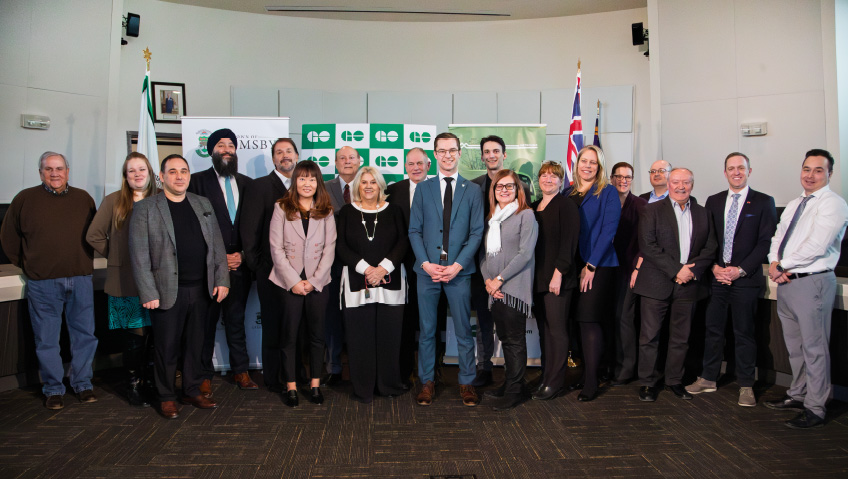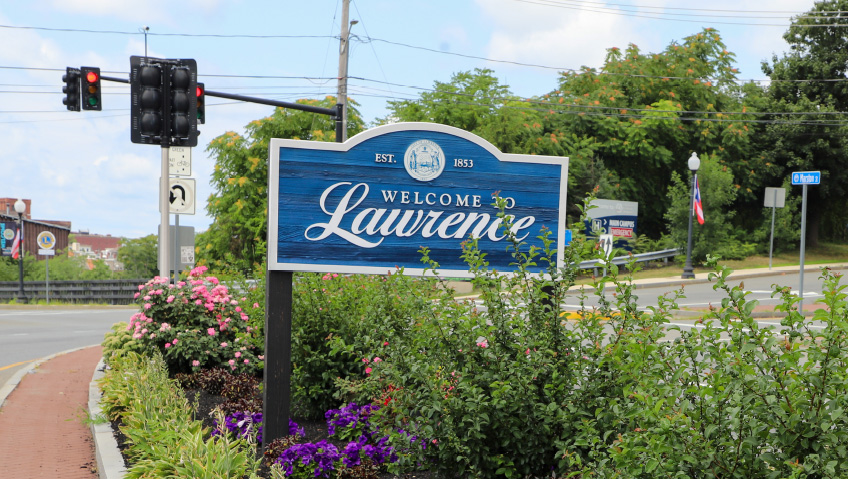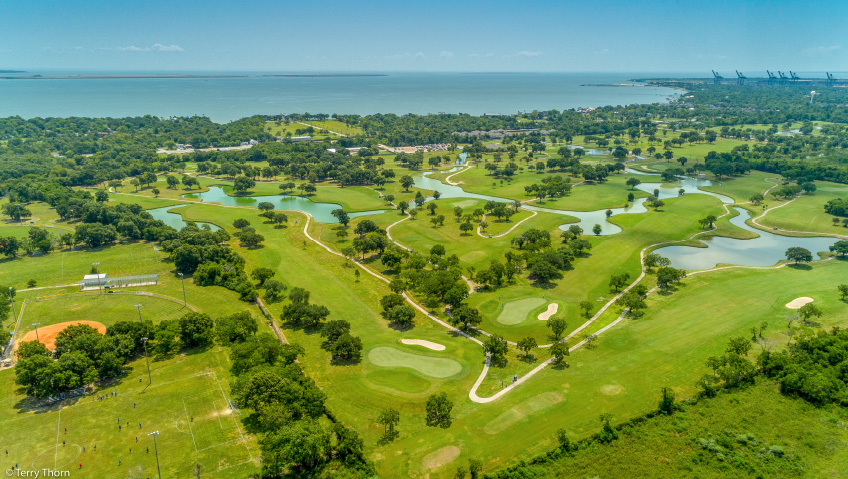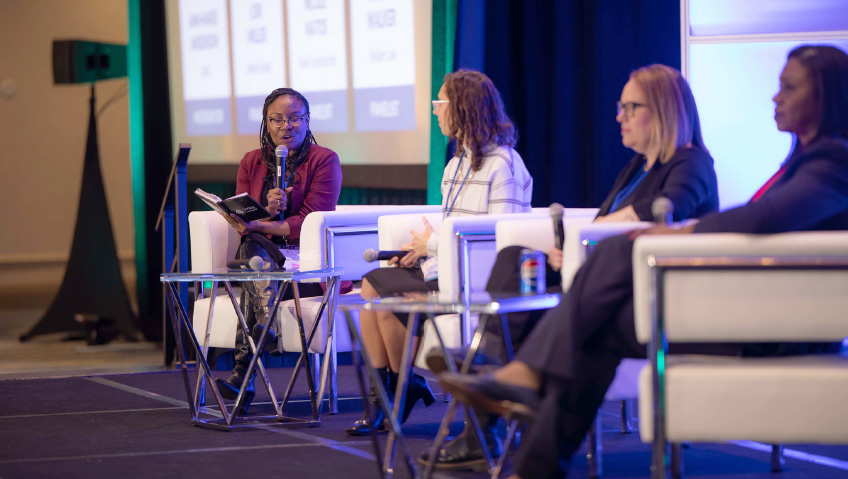If you’re looking for a great place to visit, live, or work, the City of Moscow, Idaho, boasts impressive amenities including access to international airports, strong broadband, a fantastic live music scene, and stellar restaurants – just to name a few.
Known as an industrious and welcoming community brimming with education, culture, shopping, and outdoor recreational opportunities, you’ll find plenty to do and see in Moscow, Idaho, be it museums, book stores, festivals or coffee shops.
“We’ve managed to be the kind of place where you don’t have to lock your house, while at the same time, we have all of these cool outside things to do,” says Gina Taruscio, Executive Director of Partner for Economic Prosperity (PEP). “We’re situated with a university in our community, and another university eight miles away, so we have all of the excitement of college towns and the cultural input from both of those institutions in our little town of Moscow.”
PEP, the partnership that Taruscio represents, plays a vital role in Moscow’s success, helping to create jobs, build economic resilience, and introduce inventive solutions to improve the town’s attractiveness to communities in Latah County, where the city is located.
“In terms of being a place to work, Moscow is very supportive,” says Taruscio. “I’m going to speak as an employee of an organization and a business: We have a really strong university. The University of Idaho is our largest employer; they’re committed to keeping employees and keeping them happy. It’s a very vibrant university, and then we also have a pretty strong business core.”
It’s a friendly place for entrepreneurs, she adds, a place that belongs to the city, the university, the county and the business community. “All four of those entities came together and formed this economic development organization in an effort to support all of the county.”
Moscow’s vibrant “moving and shaking” downtown helps make the city the great draw it is. “This concerted effort of everybody pushing their resources together and forming this organization to help support, recruit, and build businesses is unique and really compelling,” she adds. “There’s a good set of leaders and organizations right now. Things are really good.”
Good things include the city’s continued growth. While no community wants uncontrolled explosive growth that can sometimes feel scattered, Moscow is definitely growing, anywhere from two to four percent, says Taruscio.
“We’re lucky in that the big growth of the last year, here in Moscow, was achieved by Economic Modeling Specialists,. They’re a company that started in our incubator – just two guys. Their third employee was a CEO who now owns this company. They grew from a 20,000 square-foot building into a 71,000 square-foot building, and went from 106 employees to 350 right now. It’s really exciting.”
Another significant advance is Schweitzer Engineering Laboratories’ upcoming 140,000-square-foot printed-circuit-board factory which will allow SEL to make its own circuit boards in Moscow, instead of obtaining them from U.S. suppliers. The facility is expected to have about 60 employees when it’s fully operational in a few years and supply SEL operations in Pullman and Lewiston that together have a staff of more than 3,000.
Other infrastructure improvements include Highway 95, Idaho’s main highway, which will be widened next year to improve accessibility and safety.
“Being able to increase that infrastructure and have that taken care of is important, as it’s our southern entrance and our northern exit in Moscow,” says Taruscio. “That will be a huge improvement.”
As far as achievements and economic development efforts in Moscow go, for the past year or so, PEP spent most of its time working on business support efforts – everything from connecting resources and title loan information to helping bankers find businesses and vice versa: basically everything related to community outreach.
As with many communities, affordable housing is a huge issue in Moscow. The city took part in a study in 2019 to quantify what was going on in the region, and subsequently realized it was sitting at a 700-house deficit every year.
Out of that report, the Palouse Regional Housing Leadership Team was formed. “Right now we’re discussing budget and what the city does to support the issue, and whether or not we move it to a regular budget item instead of a special request,” says Taruscio.
“It’s not a simple or one-face solution. It’s throughout the nine communities. I’m dealing with one community right now that’s having trouble with people doing the only thing they can, like living in a camper or living in an RV, and that’s difficult. How do you as a city decide you’re not going to allow that? It’s a complex problem.”
Taruscio believes Moscow is ahead of the curve in that they’ve allowed accessory dwelling units, and they’re allowing RVs in mobile home parks.
“There’s a lot of increased density that they’re working on that’s really exciting and I think moving in the right direction,” she says. “I’ve been researching what Portland did recently with buildings, and one of their residential areas allows a little higher density development. I don’t know if we’re ready to go that way here in Moscow yet, but I hope it’s in our future.”
Moscow, says Taruscio, has moved from the days of a “colloquial sweet little town,” to needing to make higher order decisions in a colloquial, sweet little community.
“Housing is an issue that I’m seeing probably weekly now,” she says. “I’m getting one or two calls directly from businesses wanting to come to Idaho. And it’s everything from a five-man company to a 30-man company.
“Idaho’s a beautiful state,” she adds, “we’re kind of that last frontier. People think this is where they need to be and I’m happy to have them here. We just need a place to put them.”
The city is also looking at developing infrastructure in terms of a light Industrial park. “The number one demand I have is light industrial space,” says Taruscio. “Kind of a business spot where they can put up a warehouse. I get probably one or two calls a week from businesses, so we’re looking at doing that along with our urban renewal agency.”
The regional Pullman-Moscow airport has also recently widened and extended its runway to allow for larger aircraft, up to three or four, including airlines like Delta, Southwest or United. It’s an encouraging development, both allowing Moscow’s football team, WSU, to travel, and visiting teams to land locally instead of in Spokane.
“That’s a huge improvement for us,” Taruscio says.
Taruscio, who is in year three of a four-year City Councilor term, is proud of the efforts being made to improve the city infrastructure of streets, sewer lines and water lines.
“We’re working all the time to improve things and get ahead of waterline breaks, or streets being full of pot holes,” she says. “We’re no different from any other city. This is the kind of thing that happens every day behind the scenes.”
Next year the Urban Renewal Agency, along with the city, will discuss downtown renewal infrastructure, including lights, curbs and sidewalks. “It will not only be a vibrant, but newly updated,” she says.
Taruscio says she would be remiss if she didn’t mention the well-known, extremely popular Moscow Farmers Market, founded in 1977 and still going strong.
A treasured and vibrant part of the community, the Farmers Market takes place every Saturday from May to October to celebrate local farmers, artisans, and musicians along with the community and its visitors.
Highlights include a range of local farm-related products – fresh produce, meat and meat products, baked goods, cheese, and wine, as well as handmade artefacts, artisanal pieces, and original cuisine. This longstanding and popular venue encourages and supports all local and sustainable economic, social, and environmental practices.
Taruscio, who moved to Moscow with her children 28 years ago, understands the pull the city has on its residents.
“I said I’m going to go to law school and then go to a big city,” she says. “I raised my kids here. It’s the kind of place where you’re in a class of 150 when you graduate, and people know who you are. You’ve got that village to help with the kids. It’s just a really great place. Same as any other place we love our children here, but our kids are really the center of our community.”
Moscow, this much-loved “village”, and its residents faced the Covid pandemic head on, banding together as always to make the best of a truly difficult situation. “We’re getting back to normal,” says Taruscio. “The pandemic was probably the biggest issue we faced in 2021.”
While mask mandates were not a fun experience, she says, pulling together as a community was easy. “We know it was important, and for the greater good. I’ve just been really proud of people just gritting their teeth and putting on their masks.”
The next 25 years in the city of Moscow will mean having to annex more land for the building of more houses, says Taruscio.
“If I had my wish list, we’d have an industrial park in the south of town, we’d have additional housing everywhere. I want a mix of housing. I want senior houses mixed in with multi-family housing with maybe some townhouses, so that we can have kids and seniors and everybody together.”
Going by the recent history of Moscow, Idaho, Taruscio’s dream shouldn’t take too long to become reality. If economic development is about building a healthy economy so as to have healthy communities, then PEP is doing an excellent job with their very likable City of Moscow.
As Taruscio says, “It’s a good, fun place.”

